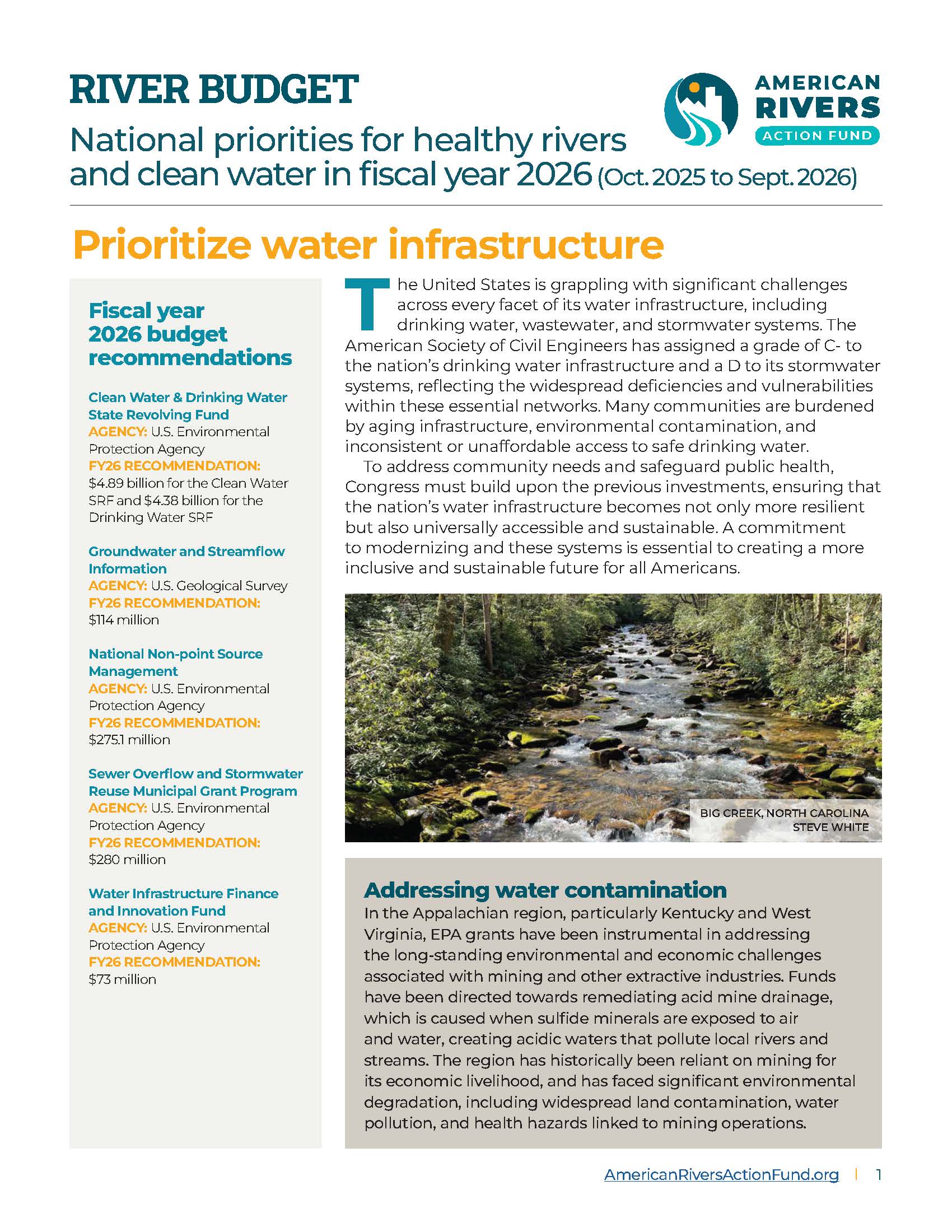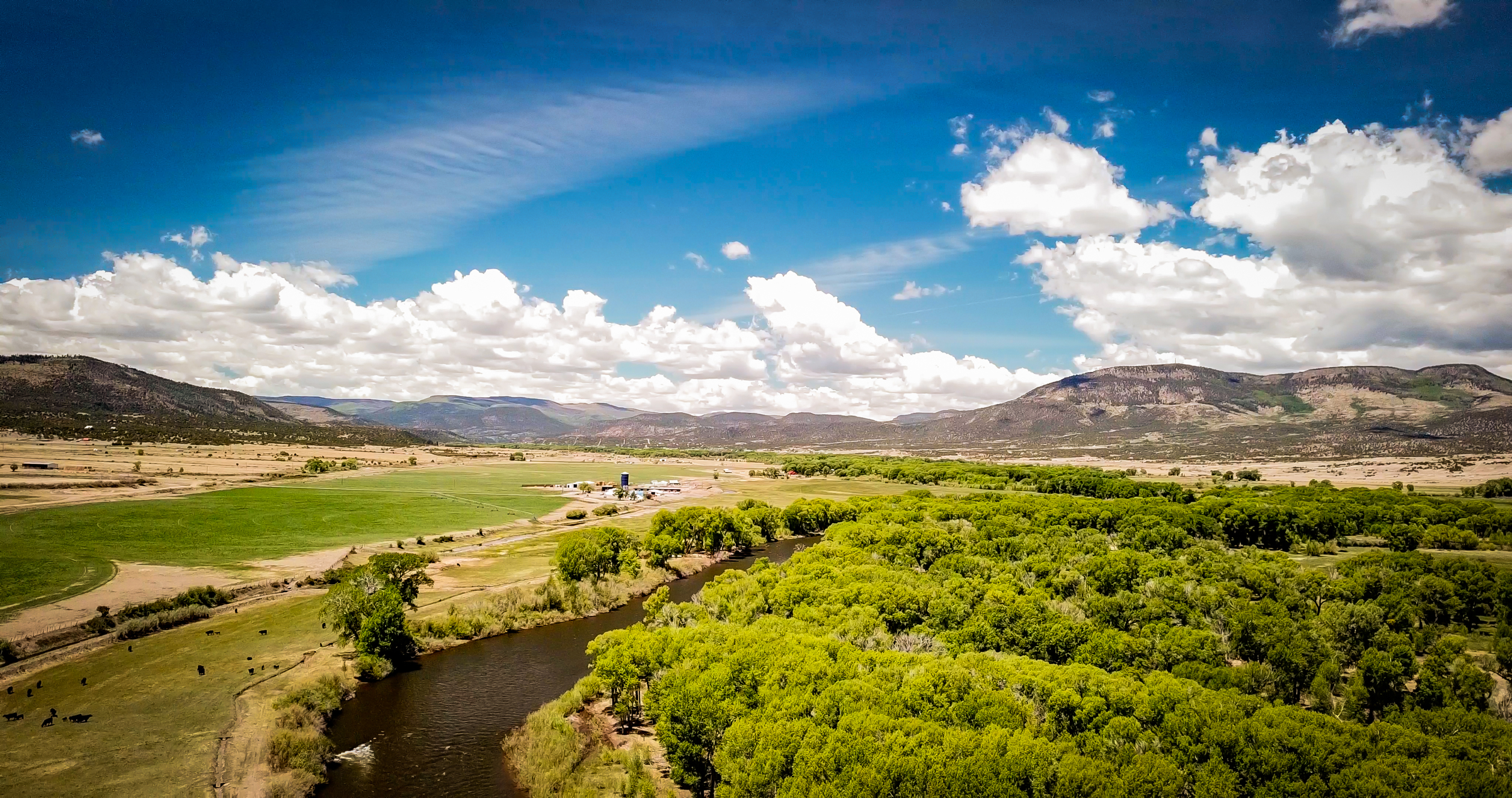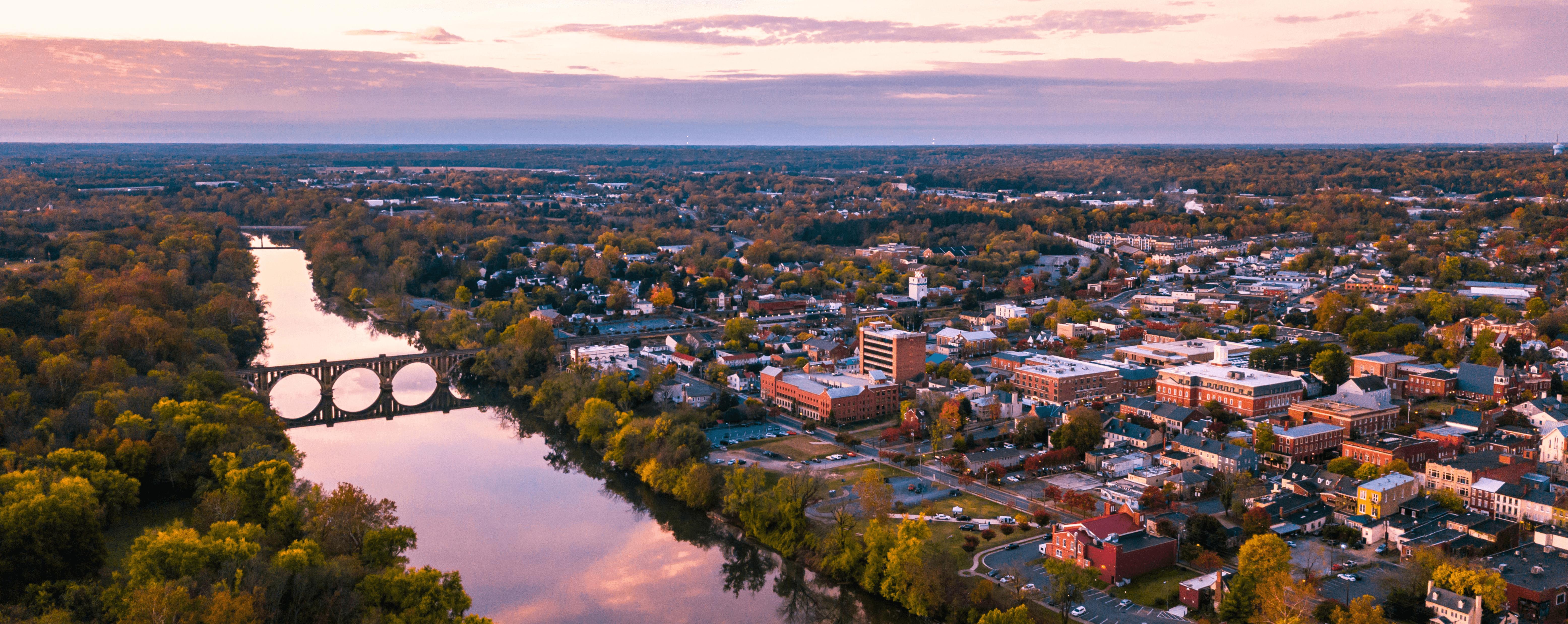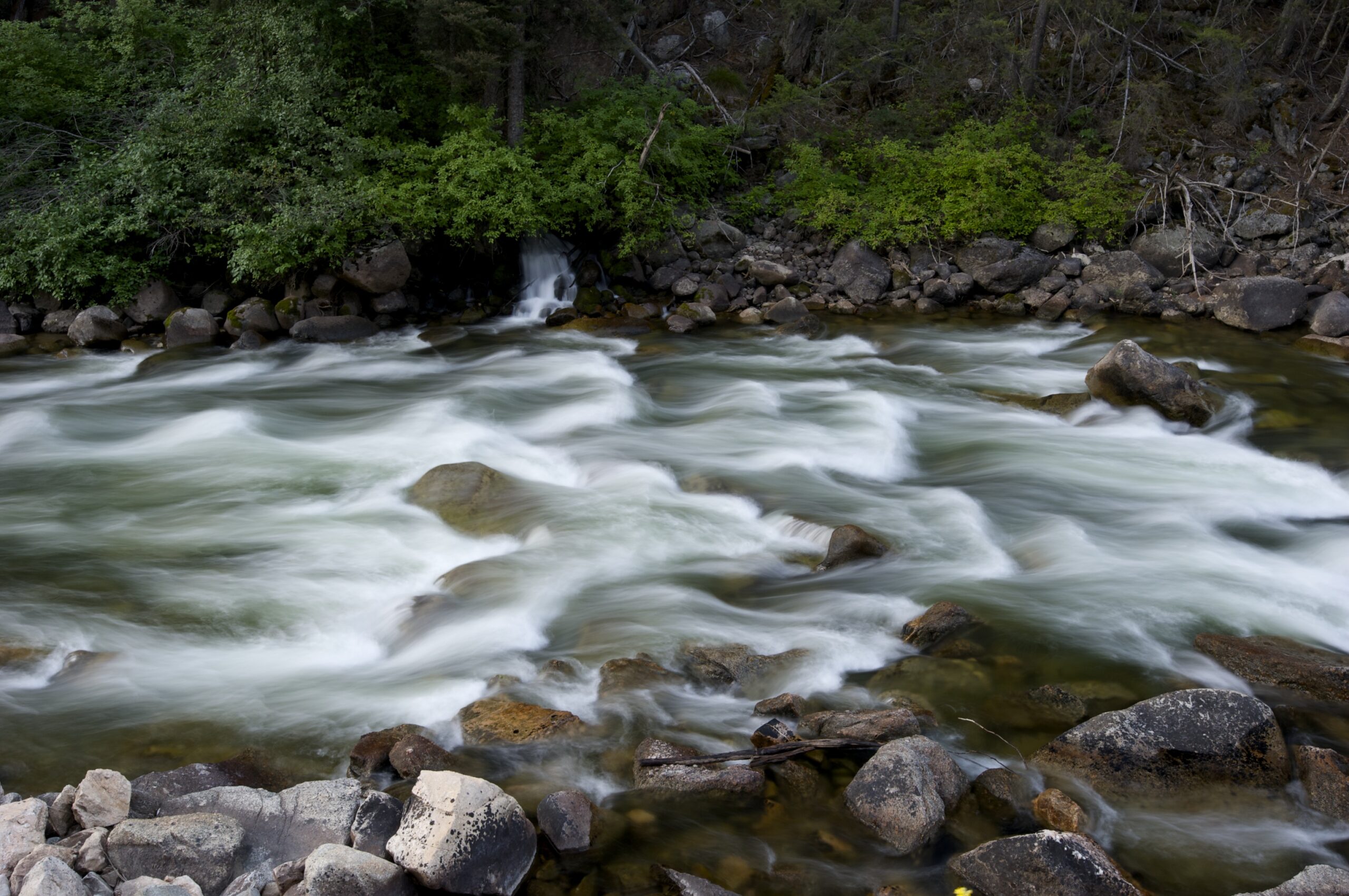River Budget: National Priorities for Healthy Rivers and Clean Water (FY26)
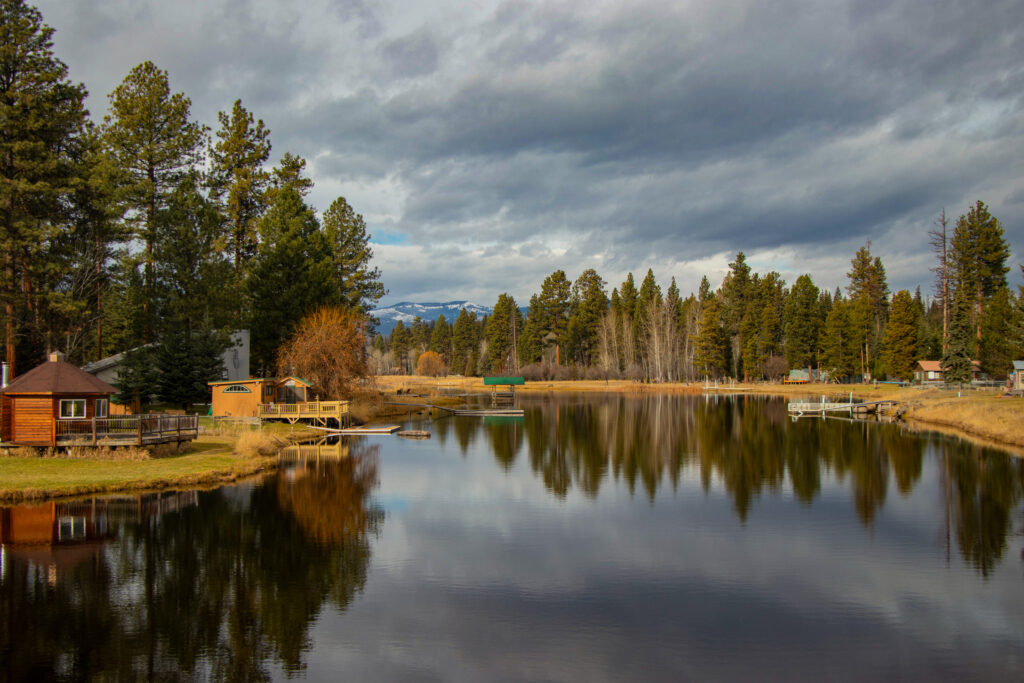
The United States is a nation of rivers, and clean water is one of America’s greatest sources of national wealth. Investing in clean water generates a tremendous return on investment for the country. Clean water is not a luxury. It is vital to our future economic growth and national security. It is essential to our nation’s treasured hunting and fishing traditions and the heritage of our communities.
But our water wealth has never faced greater threats. Dams are failing, infrastructure is crumbling, communities are flooding more frequently and drinking water costs are increasing as our rivers are impacted by pollution and sewage overflows. Simply put, America cannot be a world leader if we don’t take care of our water. We are less competitive, less healthy, and less safe if we don’t get the basics right. Rivers are the lifeblood of all ecosystems, sustaining communities, economies, and wildlife across America. Infrastructure neglect, pollution, and a change in climate impacts endanger communities.
To avoid weakening our country’s laws and leadership, we must prioritize and invest in national water security. We must maintain and augment essential funding streams, and through the appropriations process, we must continue directing resources to support both rural and urban communities. As Congress shapes the U.S. federal budget, we urge policymakers to prioritize healthy rivers as a national imperative. Federal agencies must be equipped with the resources, expertise, and capacity to leverage funding tools, improve efficiencies, and enhance program effectiveness. Sustained investments are essential for removing hazardous dams, restoring floodplains, and safeguarding our river communities.
The Fiscal Year 2026 River Budget advances key priorities across the Department of the Interior, the Environmental Protection Agency (EPA), Army Corps of Engineers, Bureau of Reclamation, the Department of Agriculture, the National Oceanic and Atmospheric Administration (NOAA), and the Federal Emergency Management Agency (FEMA). These strategic investments for rivers will strengthen the water workforce, build water wealth, and advance our country as the global leader in all aspects of water security.
Key Priorities in the Fiscal Year 2026 River Budget
Prioritize Water Infrastructure
Rivers supply over two-thirds of the nation’s drinking water, yet much of our water infrastructure is outdated and failing. Investing in safe, reliable, and affordable water systems is not only a public health necessity but also an economic catalyst—each dollar spent on water infrastructure generates $2.20 in economic activity. By advancing nature-based solutions and promoting water equity, we can modernize infrastructure in communities with the greatest needs.
Enhance Flood Management Strategies
Flooding alone is estimated to cost the United States between $179.8 and $496.0 billion each year. With 41 million Americans residing in flood-prone areas, the need for robust, adaptive flood management has never been more urgent. Rural and low-income communities are particularly vulnerable, as natural disasters—including hurricanes and extreme flooding—
continue to devastate homes and businesses. Investing in flood management strategies will protect both human lives and ecosystems, ensuring that rivers remain a source of resilience rather than risk.
Protect and Restore Healthy Watersheds
Every American resides within a watershed—an intricate network of rivers, lakes, and streams that sustain ecosystems and economies alike. Healthy watersheds improve drinking water quality, bolster outdoor recreation industries such as fishing and hunting, and help stabilize soils. In 2024, outdoor recreation contributed $1.2 trillion to the U.S. economy, supporting 5 million jobs and comprising 2.3% of the national GDP. Preserving these natural assets is both an environmental and economic imperative.
Rehabilitate, Retrofit, or Remove Dangerous Dams
Uneconomic dams pose ecological and safety hazards. There are more than 91,000 inventoried dams in the U.S. and roughly 1 in 6 dams has a high hazard potential. Dam failures cause loss of life and economic damage to communities. Dams in disrepair disrupt water quality, obstruct fish migration routes, fragment habitats, and threaten public safety due to structural deterioration. Targeted investments in dam rehabilitation, retrofitting, or removal will help restore degraded rivers while mitigating potential disaster risks. An estimated $157.5 billion is needed to rehabilitate the nation’s non-federal dams.
Support River-Friendly Agriculture
Extreme weather events threaten the livelihoods of farmers and landowners who depend on stable water sources. For years, farmer demand for conservation assistance has outpaced available funding. Improved collaboration between agricultural communities and policymakers can enhance resilience to extreme weather events, restore ecosystems, improve irrigation practices, and increase cropland capacity to ensure no family goes hungry. By investing in sustainable practices, we protect both our food supply and our waterways.
A Call to Action
The U.S. federal budget and annual appropriations process presents a critical opportunity for Congress to deliver clean water, strong infrastructure, and create safe communities by directing federal resources toward programs that yield the greatest benefits for rivers, communities, and the economy. Now more than ever, sustained funding is essential to strengthen the agencies tasked with protecting our nation’s water resources and ensuring a resilient future.
By prioritizing river health in federal budgeting decisions, we can drive economic growth, safeguard public health, and build resilient communities—securing a legacy of clean, thriving waterways for generations to come.
For questions, contact:
Jaime D. Sigaran, Advocacy Director, American Rivers Action Fund | jsigaran@americanrivers.org
